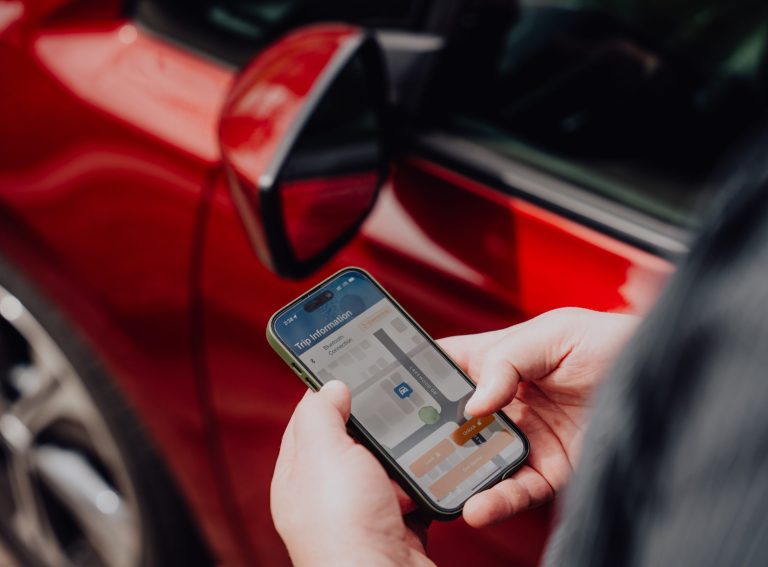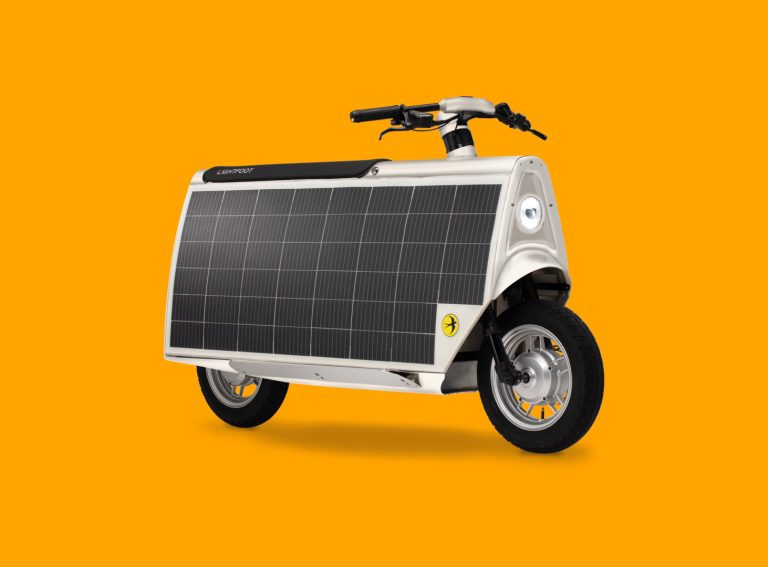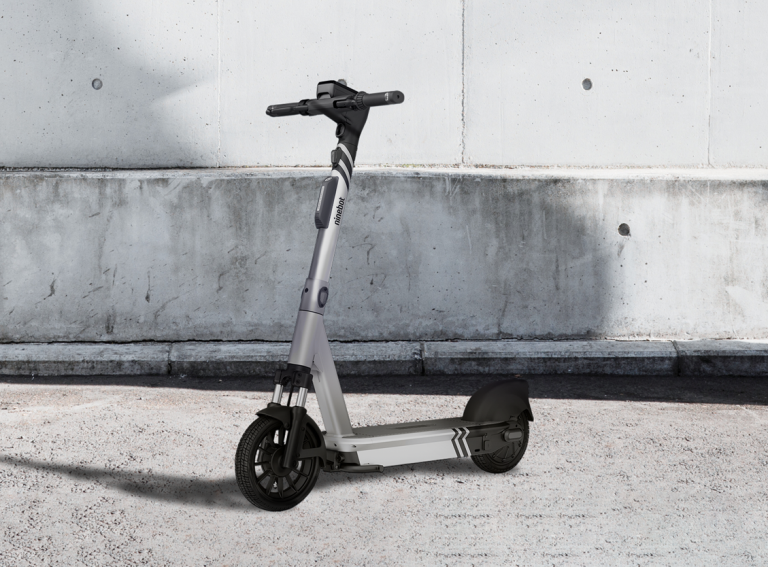Tee Blackwood explains how Cityshuttle has sought to leave no stone unturned when designing safety features for the ePack, the OEM’s all new cargo bike which is set to go into production over the next few months
In development since 2018, the ePack is almost ready to launch.
A cargo bike designed by sustainable mobility OEM Cityshuttle for use on both the road and cycle lane infrastructure, the ePack breaks the mould in more ways than one.
“The ePack is the world’s largest and safest last-mile delivery cargo bike,” Tee Blackwood, Digital Media Manager at Cityshuttle, tells Zag Daily.
“Based on the reaction we have received online and from customers, I think it will quite quickly become a market leader once we go into manufacturing.”
Half the time of a van
At 90cm wide, 5m long and 2m high, it can access all underground car parking areas where micromobility parking hubs are usually situated, while its largest iteration possesses an industry-leading 4m³ in volume and 350 kg payload.
“The industry standard is 2m³ but we found that a lot of operators were having to return to base to refill, rather than stay out on the road delivering parcels,” says Blackwood.
“The extra capacity helps optimise the delivery model, which will save time and money.”
The ePack, which is due to go into production during Q3 of 2024 before volume manufacturing begins in early 2025, has been developed to enable efficient, low carbon last-mile deliveries that helps eliminate congestion.
“The ePack is capable of covering a mile in five minutes or less using roads or cycle lanes,” Blackwood says.
“We have run tests and over a last-mile setting, it can complete the same journey in half the time it would take a van.”
Other standout features include the two sortation trolleys allowing the rider to sort and load parcels in an easier and more systematic way.
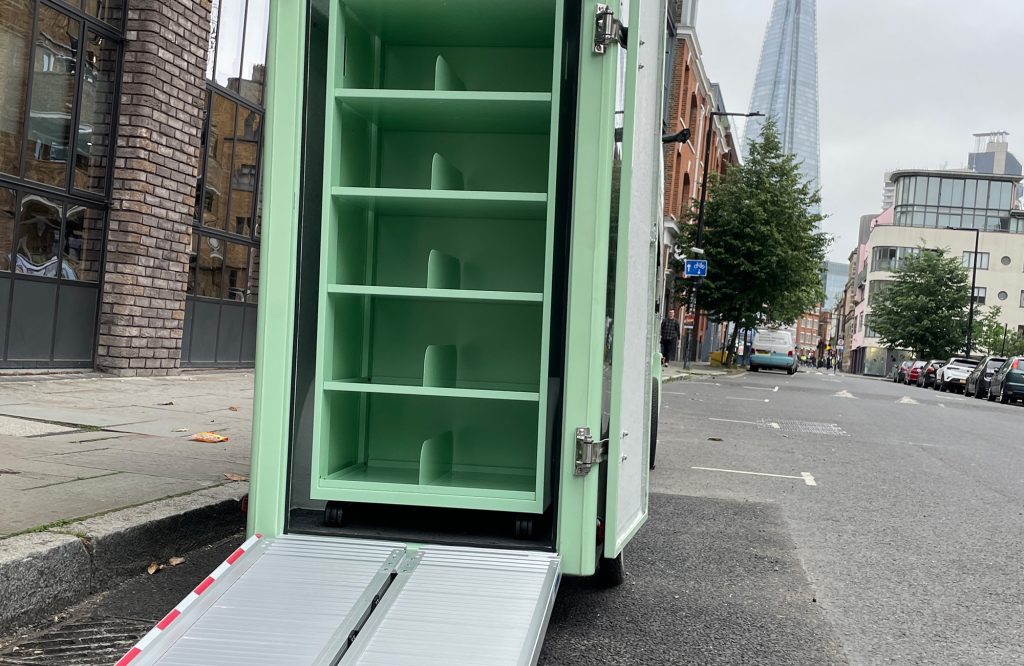
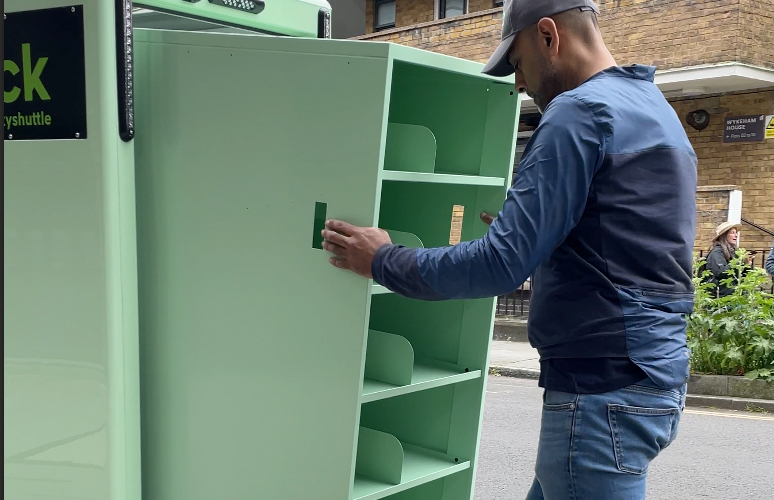
“Operators and riders using other vehicles have had to sort and load parcels on the side of the road, so this also creates added security,” Blackwood explains.
Safety first
Due to the size of the ePack and its proximity with pedestrians in cycle lanes, Cityshuttle has taken a number of measures to ensure the vehicle is as safe as possible. Each ePack includes a 360-degree view AI camera setup, audio alerts to riders, a white noise signal for pedestrians while it reverses, and regulatory certification on batteries and chargers.
“At Cityshuttle, above all else safety is paramount. It is the most important element when we are developing our revolutionary e-bike technology,” says Blackwood.
“The ePack is ridden like any bicycle with pedals and is limited up to 15.5 mph. Meanwhile, the cameras allow the rider to view the sides and rear of the vehicle as well as any blind spots. These are recorded so any accidents or near misses can be watched back and reported.
“It is essentially providing a live stream of the rider’s surroundings while they operate the vehicle.”
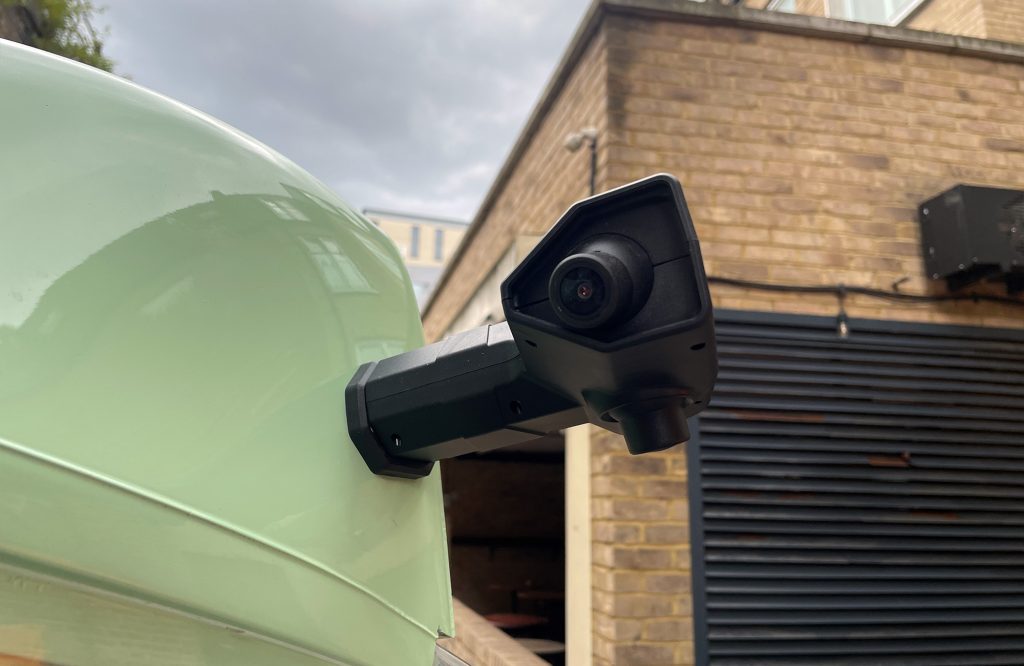
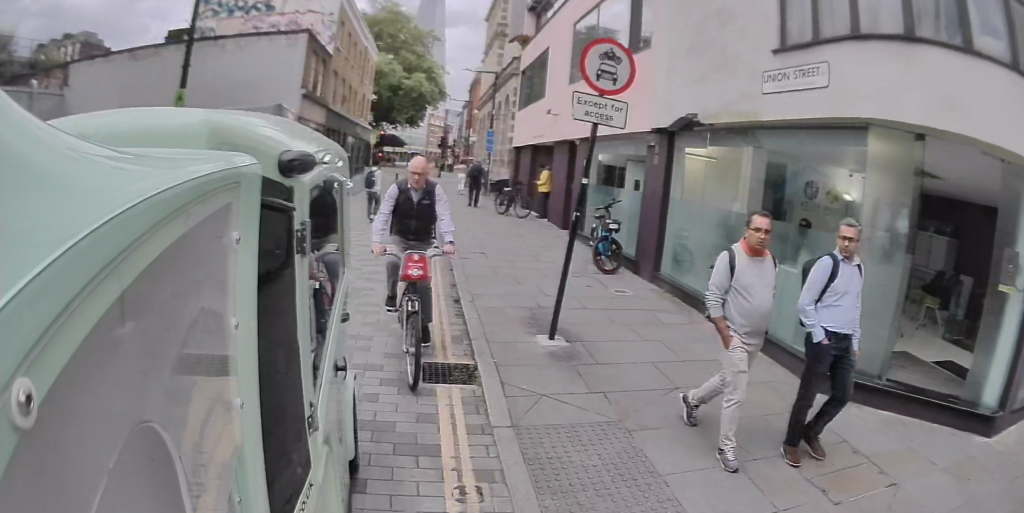
Other safety features include lights fitted to the front and rear of the vehicle and the EVAS Sounder, which emits an audible motor sound to alert pedestrians while driving at low speeds. Finally, it uses Visiontrack technology to create telematics reports that provide data on cornering speeds, braking and average speed.
“The data can be fed back to the operator or fleet manager of the vehicle, which allows them to create a safer workforce for the riders.
“When the bikes leave the depot, the fleet manager can see exactly what happened on each journey which creates added accountability and transparency.”
To ensure that all its riders are fully trained, Cityshuttle is also looking to secure the Fleet Operator Recognition Scheme (FORS) accreditation. This is a voluntary accreditation programme designed to improve standards in the road transport industry and help operators enhance their performance in key areas.
Driving the costs down
To support operators with the cost of the ePack, it has been fitted with two 43-inch screens on either side that can be used to play ads while the bike is in operation.
“The bike can show six second ads from 10 different advertisers throughout the day,” Blackwood explains
“The digital out of home advertising strategy has received a lot of interest so far as it is so unique. No other last-mile operators have adopted this strategy and we think it has real potential to recoup costs for our customers.”
With a background in marketing, Blackwood has been providing key insight in areas such as branding and social media strategy. Having arrived at Cityshuttle towards the end of 2023, he has been supporting CEO Keith Jones in meeting with last mile operators and small businesses to share their vision of sustainable mobility.
“To date we have received more than 1,500 orders and we have plenty more meetings set up over the next few weeks,” he says.
“We want to ideally meet all prospective customers to ensure that they will use our vehicles safely and act as a partner that shares our values.”

